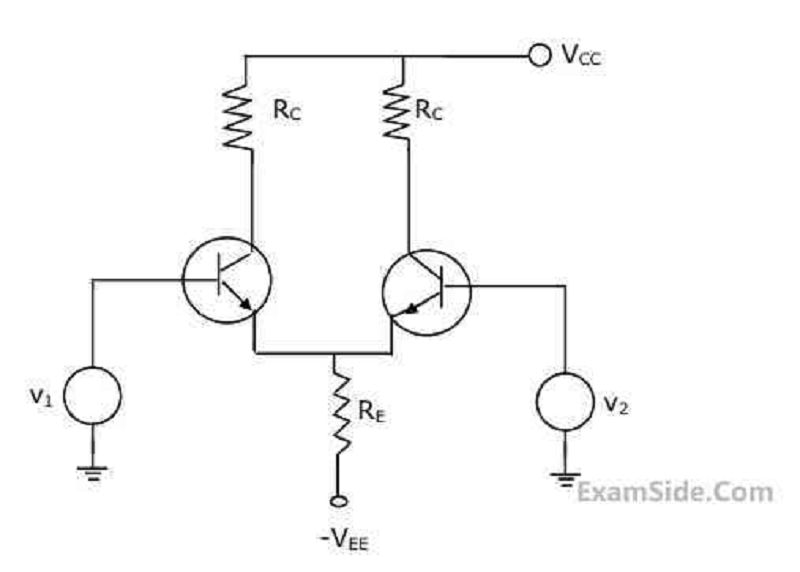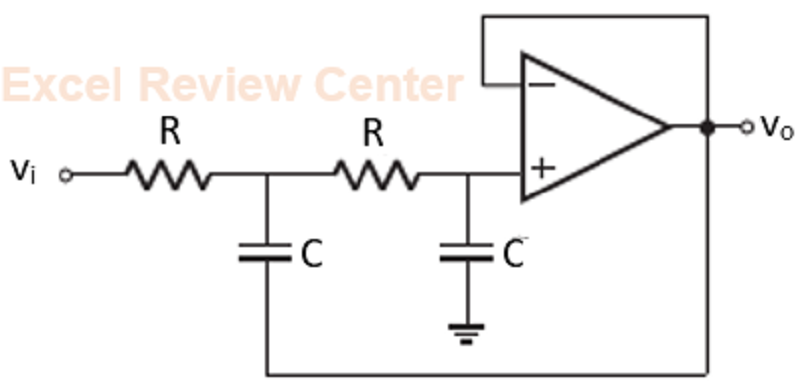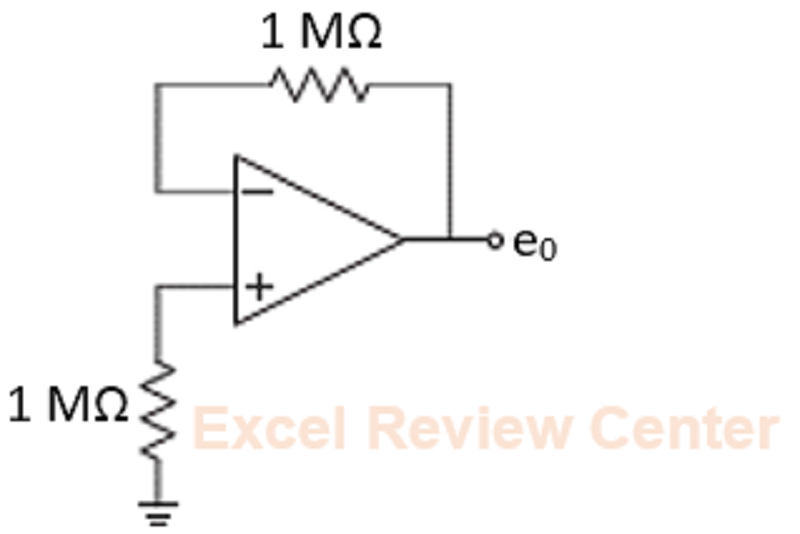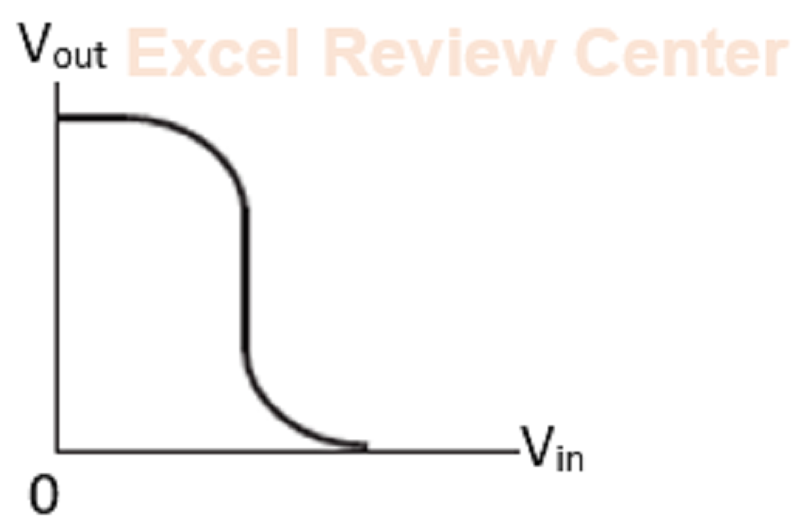ELEX
{"name":"ELEX", "url":"https://www.quiz-maker.com/QPREVIEW","txt":"In an ideal differential amplifier shown in the figure, a large value of (R_E):, The Fourier transform of a conjugate symmetric function is always:, For a BJT, the common base current gain α = 0.98 and the collector base junction reverse bias saturation current I_CO = 0.6 μA. This BJT is connected in the common emitter mode and operated in the active region with a base drive current I_B = 20 μA. What is the collector current IC for this mode of operation?","img":"https://www.quiz-maker.com/3012/CDN/81-3831652/bdaa236f4c841a85b4d8ca9dc5ca00a9397fb75d7ec241351273e46cb39dd4ae.jpg?sz=1200"}
More Quizzes
Momentum, pressure, work, scalar and vector quantities, force, newtons laws, states of matter, density, formulas, uniform motion, charge, electric current
20100
Natural Selection
19100
How well do you know me ?
1050
100
Ultimate Gandhi: Can You Master Mahatma's Legacy?
201053750
Ultimate World War I: Challenge Your History Savvy
201034457
Which Elden Ring Character Are You? Take the Free
201027108
Free Music Notation Identification
201026347
Free Bridge Opening Lead Mechanics
201028504
Baseball Situations: Test Your Infield Defense Skills!
201031146
Free The Alchemyst: Prove Your Book Mastery Now!
201032703
What Color Is My Hair? Take the & Reveal Your Shade
201022863



